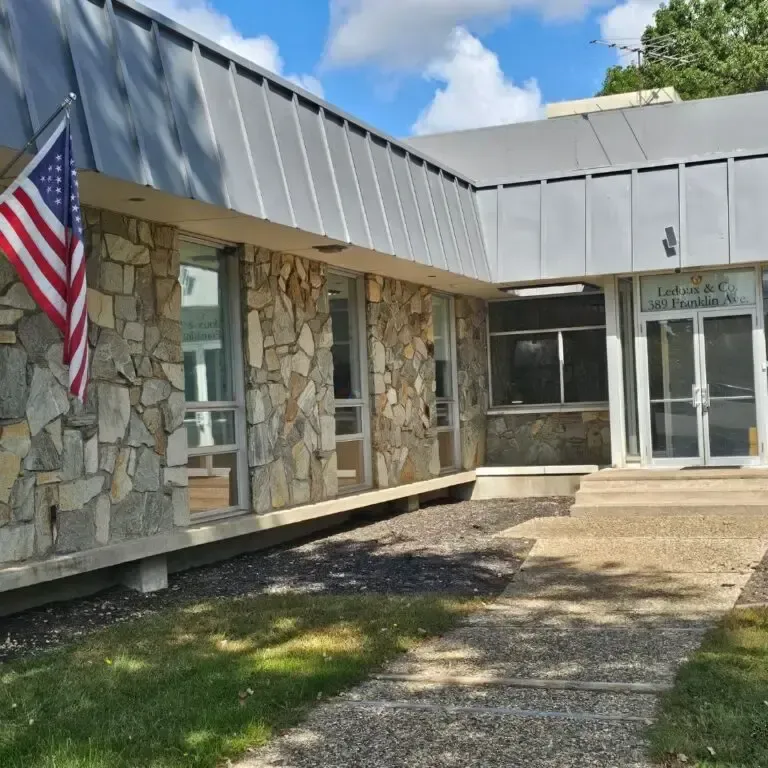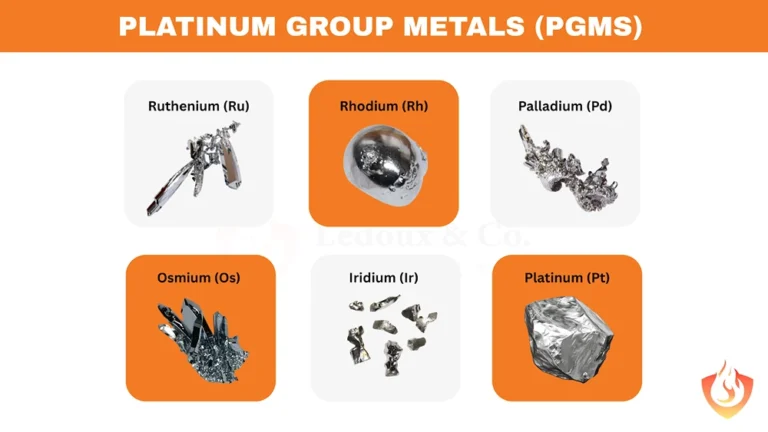Silver assay is necessary to guarantee purity, trust, and compliance with government regulations in trade and investments. Businesses rely on silver assay to confirm material authenticity and protect value.
This article explains what silver assay is, why it matters, common methods, how to select a reliable laboratory, and why Ledoux & Co. is a trusted partner.
What Is Silver Assay?
An assay in metallurgy is a chemical analysis of the content of a metal, an alloy, or an ore. Silver assay specifically refers to the measurement of purity in silver through measuring silver content and assessing impurities.
It is crucial to authenticate claims that the jewelry, bullion, or alloy contains a specific percentage of silver. Businesses rely on accurate assays to ensure quality and build trust in their transactions.
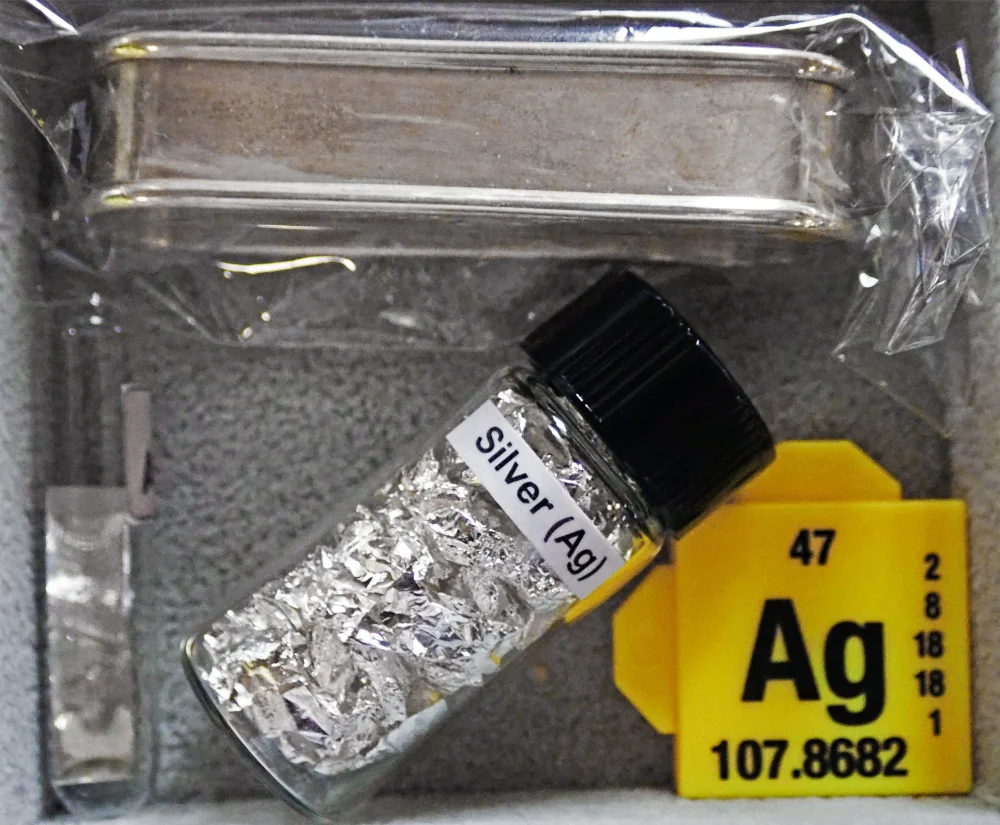
Historical & Industry Context
Assay offices have been the focal point of international trade in precious metals over the centuries. They guaranteed governments, consumers, and traders that silver products were genuine.
Governments developed regulative frameworks like hallmarking to manage claims of purity, protect consumers, and guarantee fair markets.
Today, assay reports are still the center of regulatory compliance, international trade, and precious metal markets worldwide.
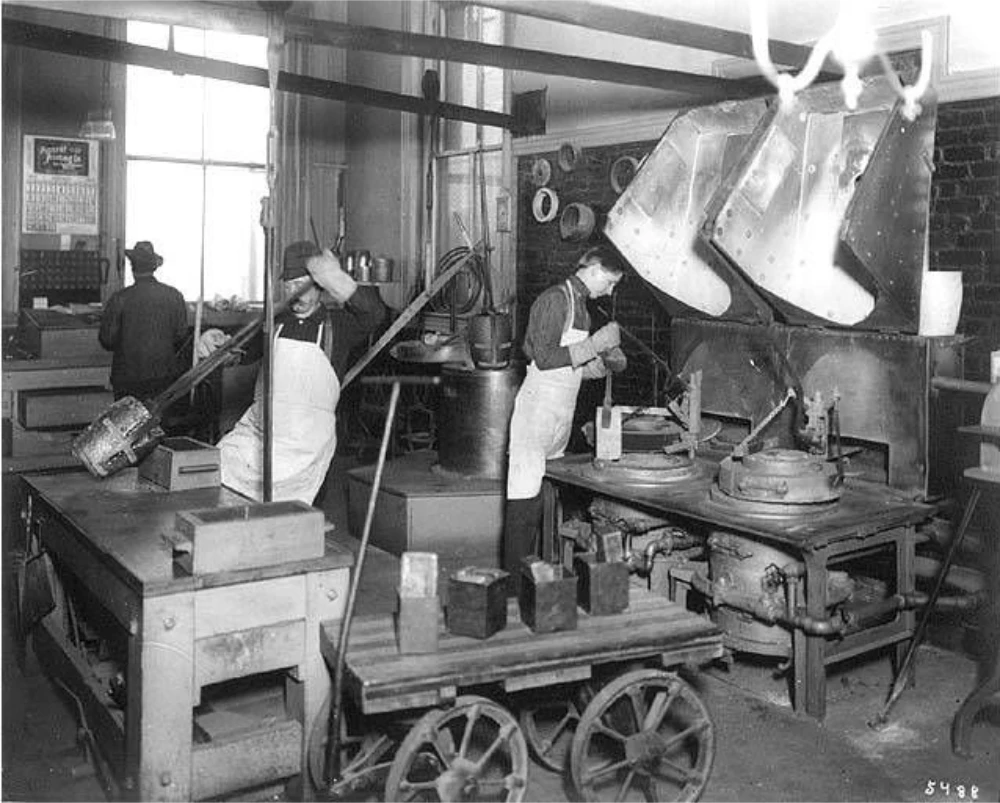
Why Is Silver Assay Important?
Silver assay is important in ensuring business activity, compliance, and risk management.
Operational Risks & Quality Control
Businesses ensure quality, purity, and reliability with silver assay. Producers, refiners, recyclers, and traders use assays to establish that materials meet contractual standards.
Accurate analysis prevents loss due to misdescription or fraud. Misbased on inadequate assay data can compromise entire production runs or investment portfolios.
Regulatory, Legal & Trade Compliance
Silver purity is subject to legal regulation worldwide to protect consumers. In international trade, customs often require verified silver content.
Accredited certifications like ISO 17025 establish credibility, providing confidence for companies about compliance and quality control processes.
Financial & Reputation Risk Management
Silver value is strictly dependent on purity. False or misleading assays cause economic loss, strained relationships, or even litigation.
Trust in investor networks, customers, and supply chains relies on verified results. Assaying correctly also reduces risk with guarantees, insurance, and contracts, avoiding downstream liabilities.
Methods of Silver Assay
Silver purity can be determined by several methods—each with distinct strengths, limitations, and use cases, including fire assay (cupellation), wet chemistry (e.g., gravimetry, titration), and instrumental/alternative techniques.
1. Fire Assay (Cupellation)
Fire assaying, or cupelling, uses high temperatures to heat the sample and to isolate silver from all other metals.
This time-tested method produces very accurate and commercially suitable results. Its accuracy makes it the industry standard for bullion-level verification.
However, it is destructive, requires further sample preparation, and can be expensive.
2. Wet Chemistry Methods (Gravimetric, Titration, etc.)
Wet chemistry methods dissolve silver in nitric acid and precipitate out silver chloride. Gravimetric weighing or chemical indicator titration is applied for determining silver content.

These methods provide consistent accuracy but may require slower and longer turnaround times. They are useful for detailed analysis in which accuracy is important.
3. Instrumental & Alternative Methods
Instrumental approaches offer speed and versatility.
- Inductively Coupled Plasma (ICP) allows trace analysis and multi-element analysis.
- Atomic Absorption Spectroscopy (AAS) offers sensitivity for specific impurities.
- X-ray Fluorescence (XRF) is fast and non-destructive, and easily adaptable for screening.
Multi-analysis methods are often used in combination, e.g., fire assay and atomic absorption, to improve accuracy. Portable and rapid field methods also exist but are less reliable for commercial transactions.
Want to explore this topic further? View more:
- Read Silver Mining vs Gold Mining to compare extraction processes.
- Learn more in How Is Silver Measured.
How to Do (or Select) a Good Silver Assay
Well-planned planning ensures businesses select the appropriate assay method and lab partner.
Step 1: Deciding What You Need
Define the use of the assay, investment, purification, contract assurance, or regulatory compliance.
Take into account accuracy requirements, detection limits, and whether there can be a destructive or non-destructive test. This is for optimization and not to run up unnecessary expenses.
Step 2: Selecting a Laboratory or Assayer
Choose laboratories that are accredited, i.e., ISO 17025. Ledoux & Co., founded with more than 144 years of expertise, meets these standards. Consider experience in metals, alloys, and trace detection. Review sample requirements before submission.
Step 3: Sample Preparation & Submission Best Practices
Take representative, clean samples and document their source. Contamination is not acceptable as it can bias results. Meeting laboratory procedure for labeling and packaging preserves integrity from beginning to end.
Step 4: Lab Selection Criteria
Search for the ISO 17025 accredited and ISO 9001:2015 certified labs. Labs such as Ledoux & Co. provide the full range of methods from fire assay, ICP, to titration. Pay attention to turnaround time, price, and report readability, they contribute to the result’s credibility.
Step 5: Interpreting Results & Reporting
Lab reports usually cover silver content, impurity profiles, detection limits, and measurement uncertainties. Corrections, such as losses during cupellation, may be noted.
Assay certificates are trustworthy documents for commerce, contracts, and regulatory compliance. Businesses should carefully review these results carefully for decision-making.
Still have questions about this process? Find more answers here.
Why Partner with Ledoux & Co.?
Ledoux & Co. combines historic experience with modern capacity, making us a trustworthy partner for silver assay services.
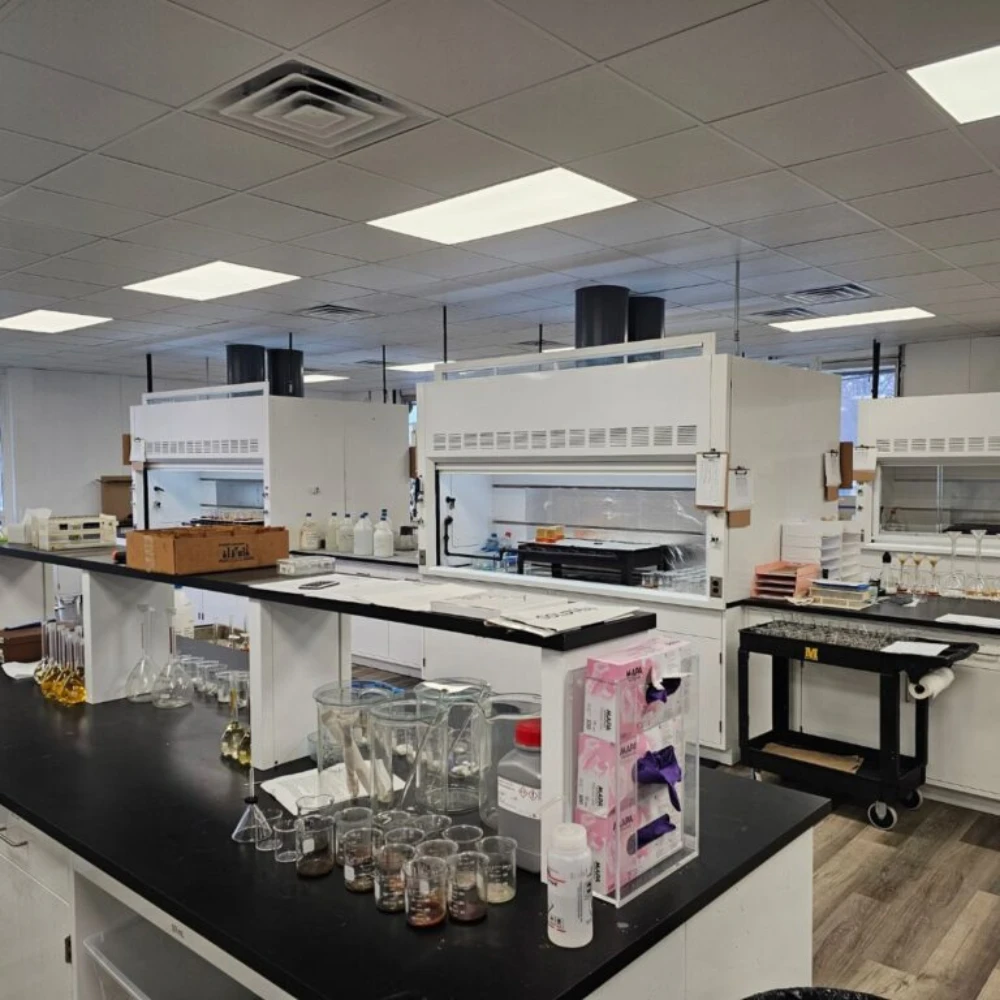
Our qualities include:
- Our Credentials & Experience: We have over 140 years of experience of assaying precious metals since 1880. We have our laboratories ISO 17025 accredited and ISO 9001:2015 to deliver international quality and capability standards.
- Methods & Capabilities: We offer various methods, from fire assay to ICP, titration and wet chemistry techniques. Our laboratories can handle high-grade bullion as well as complex, trace-level samples. This versatility supports both large-scale refiners and specialized industries.
- Commercial-Grade & Unbiased Results: Our results are commercial grade, suitable for trade and contracts. We operate with complete independence and objectivity, ensuring results reflect scientific accuracy, not client pressure.
- On-site Representation & Sampling Witness: Ledoux & Co. offers on-site witnessing of sampling and weighing. This service guarantees chain of custody and provides customers with further assurance of fairness and transparency.
- Customer Support, Quality, Speed: We deliver reliable documentation and transparent reports. Our procedures achieve maximum turnaround speed without compromising accuracy. Customers also receive expert consultancy, so they can choose the most appropriate method for their material and commercial requirements.
See Onsite Metal Verification & Testing for methods to confirm purity.
Partner with Ledoux & Co. Today!
Silver assay protects purity, compliance, and confidence in international commerce. From contract verification to risk management, accurate analysis is essential.
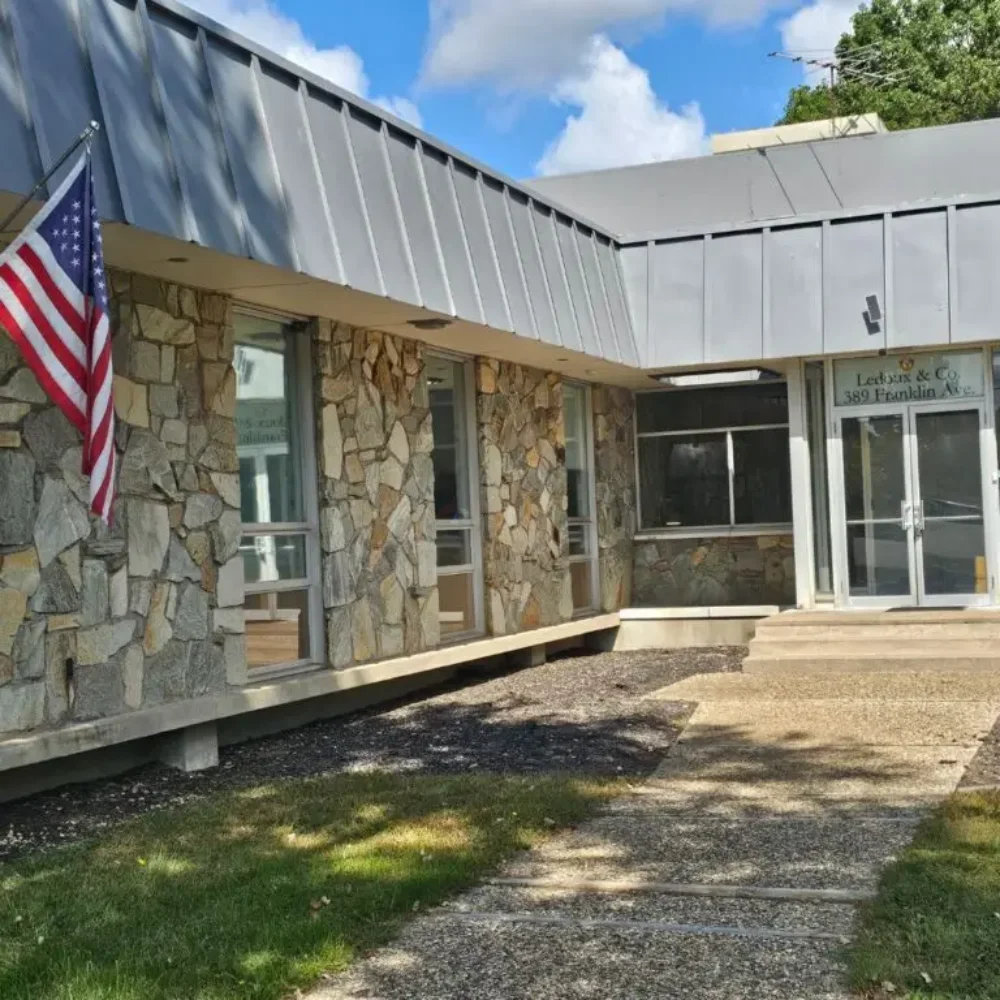
At Ledoux & Co., we integrate scientific integrity, accredited process, and more than a century of experience to provide reliable results. Contact us to discuss your silver assay needs, request a quote, and receive expert guidance on the optimal strategy for your sample!


